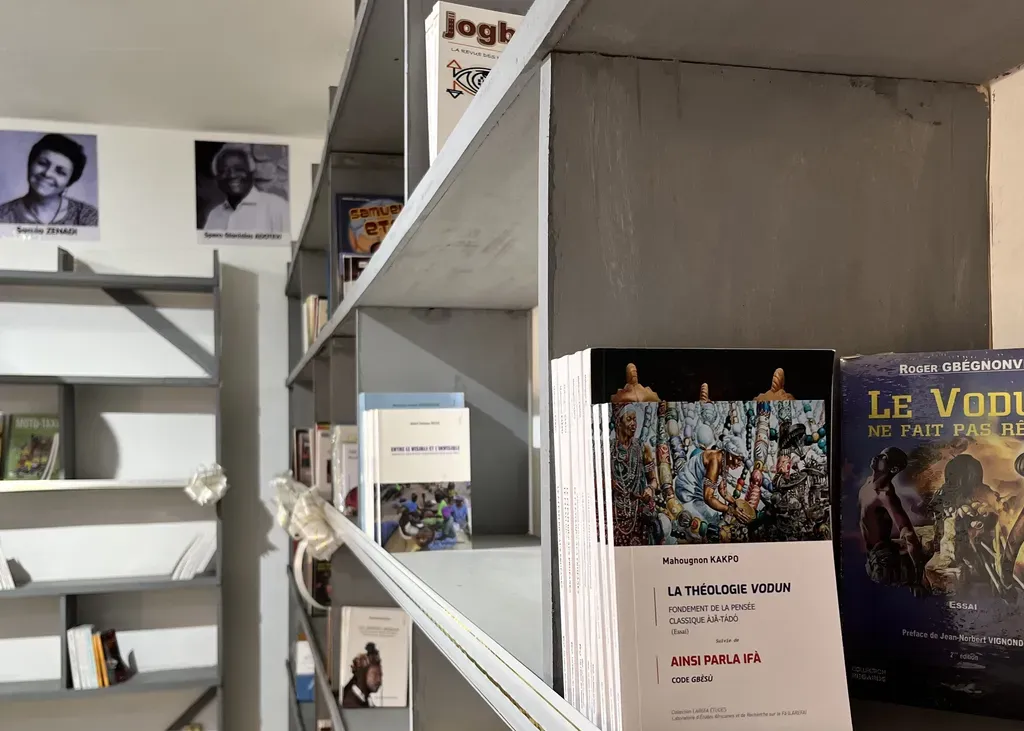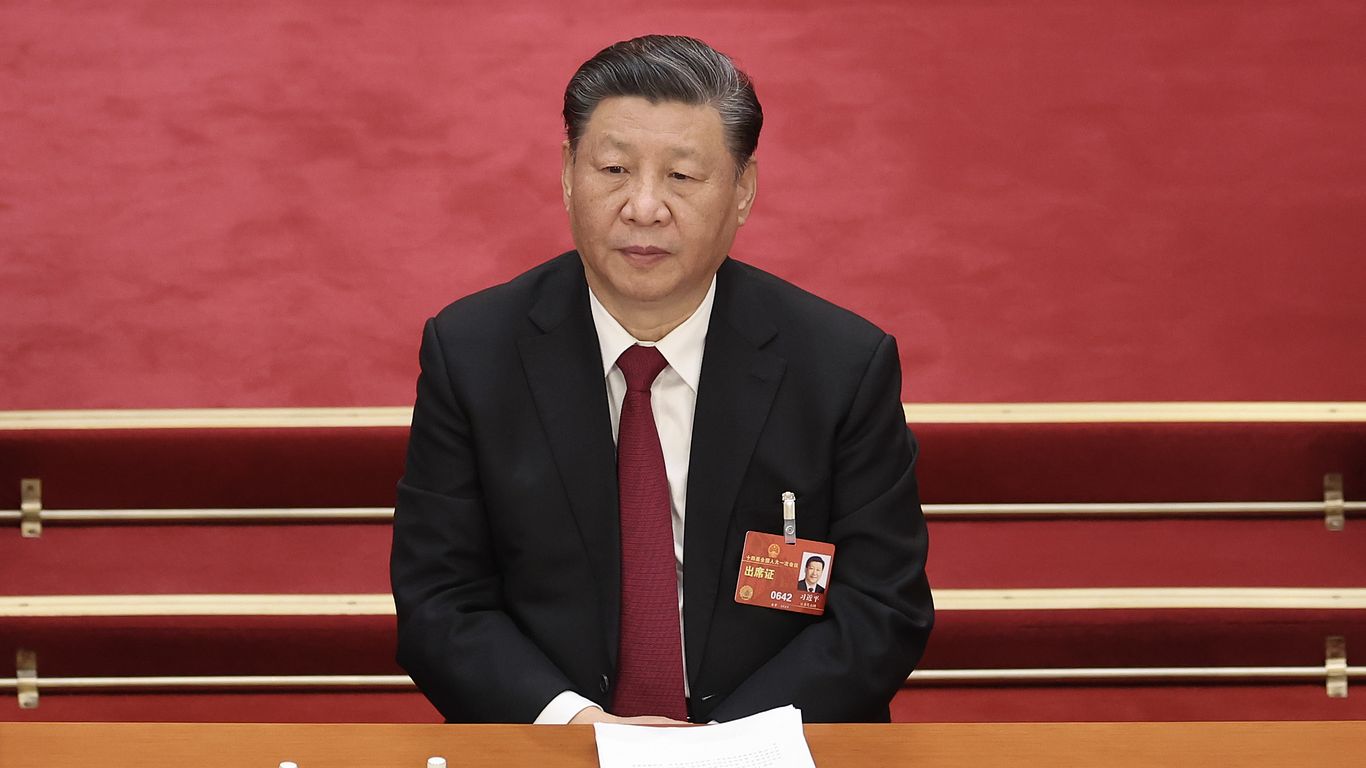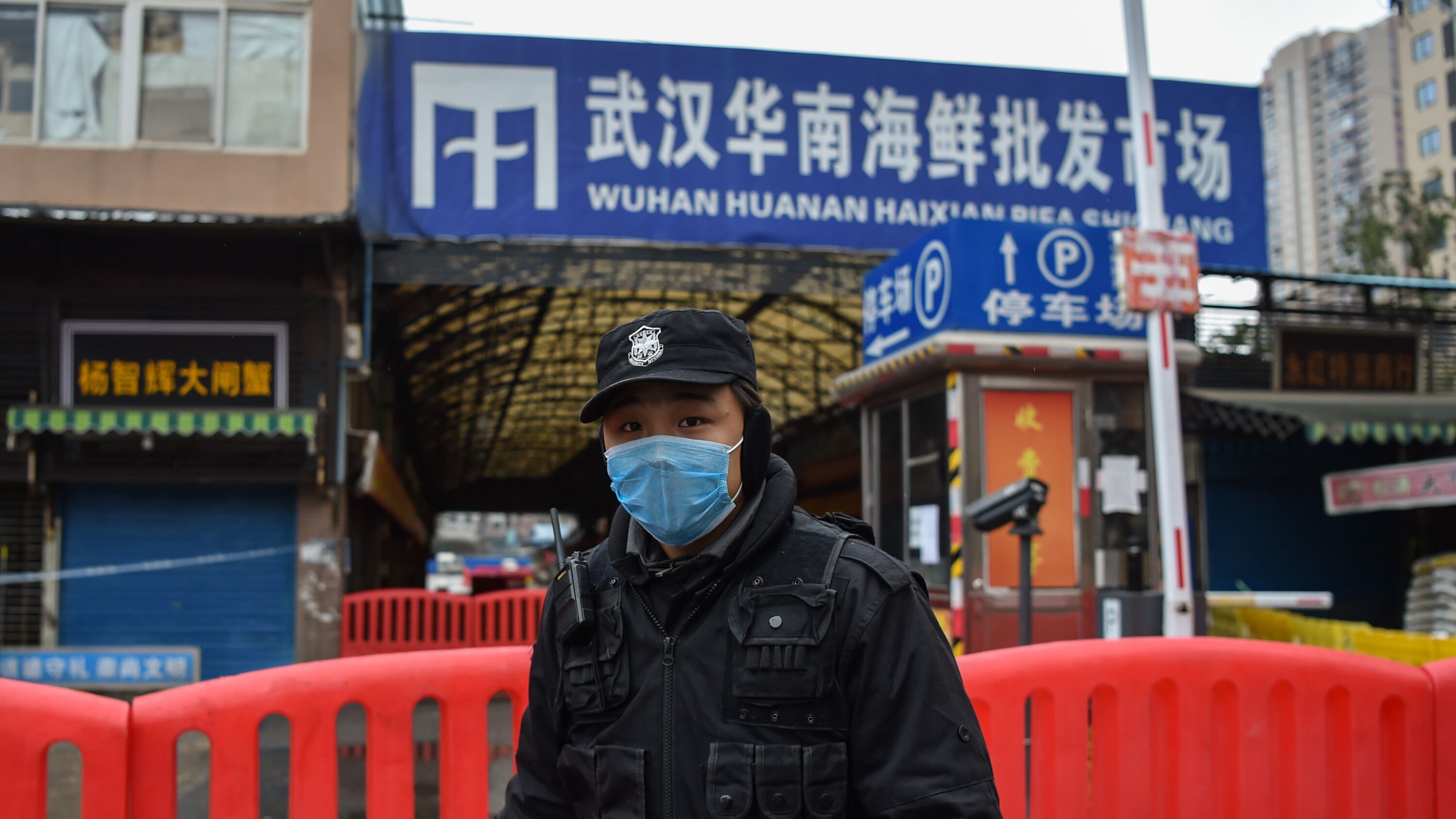Understanding The Papal Election Process: The Conclave Explained

Table of Contents
The Pre-Conclave Period: Preparations and Key Players
The Papal Election Process begins long before the cardinals gather in the Sistine Chapel. The period leading up to the Conclave involves meticulous preparations and the crucial roles played by various individuals within the Church hierarchy.
The Death or Resignation of a Pope:
The death or resignation of a Pope officially initiates the sede vacante – the period of vacancy of the Holy See. This period is marked by a profound sense of mourning within the Church.
- The Cardinal Camerlengo (Chamberlain) assumes temporary administrative authority, sealing the Papal apartments and making arrangements for the funeral (in case of death).
- Preparations for the Conclave, including the secure transportation of cardinals to Rome and the preparation of the Sistine Chapel, begin immediately.
- The announcement of the Pope's death or resignation is made publicly, marking the formal start of the election process.
The Congregation of Cardinals:
The College of Cardinals, composed of cardinals from around the world, gathers in Rome for the Papal Election. Their roles and responsibilities are paramount in this process.
- Only cardinals under the age of 80 are eligible to vote in the Papal Election, a rule established to ensure a balance of experience and forward-thinking.
- The cardinals' arrival in Rome is often marked by anticipation and media attention, building excitement for the upcoming Conclave.
- Pre-conclave meetings and discussions among the cardinals take place, though the focus is mainly on organizational and logistical matters.
Seclusion and the Conclave's Setting:
The Conclave itself is held under strict secrecy, a tradition intended to foster impartiality and prayerful reflection.
- The Sistine Chapel in Vatican City is the traditional venue, chosen for its historical significance and grandeur.
- Stringent security measures are implemented to maintain the confidentiality of the proceedings and prevent outside interference.
- Communication with the outside world is strictly limited for the cardinals during the Conclave, reinforcing the seclusion and promoting focused deliberation.
The Conclave: The Election Process Itself
The Conclave is the heart of the Papal Election Process, where the cardinals engage in a series of votes to select the next Pope.
The Scrutiny (Voting):
The voting process involves a series of ballots, conducted with utmost secrecy and precision.
- Special ballots are used, each containing a unique marking for identification.
- Scrutiners, chosen from amongst the cardinals, meticulously count the votes, ensuring accuracy and transparency.
- The process of counting votes is detailed and ritualistic, with each step carefully followed.
- The results are announced to the cardinals, but the identity of the individual receiving votes remains confidential until a two-thirds majority is reached.
Reaching a Two-Thirds Majority:
A two-thirds majority of the eligible voting cardinals is required to elect a new Pope. This threshold ensures broad consensus within the College of Cardinals.
- If a two-thirds majority is not reached after several rounds of voting, the process continues until a Pope is elected.
- Deadlock situations are rare, but discussions among cardinals may occur to facilitate consensus building.
- The process continues until a clear winner emerges, demonstrating the importance of finding a leader who enjoys broad support.
The Announcement of the New Pope (Habemus Papam!):
The election of the new Pope is announced to the world with the famous words "Habemus Papam!" (We have a Pope!).
- White smoke billowing from the Sistine Chapel chimney signals the election of a new Pope, a centuries-old tradition that excites and captivates onlookers.
- The new Pope then appears on the Papal balcony to bless the crowds assembled in St. Peter's Square.
- The formal announcement includes the new Pope's chosen name, marking the beginning of his pontificate.
Post-Conclave: The Inauguration and Beyond
Following the election, the new Pope's inauguration and initial actions shape the direction of his papacy.
Inauguration Mass and Papal Coronation:
The official installation of the new Pope is a significant event celebrated with a solemn Inauguration Mass.
- The Inauguration Mass is a grand ceremony, attended by cardinals, bishops, clergy, and many dignitaries.
- The Papal ring, a symbol of the office, is conferred upon the new Pope.
- The beginning of the new pontificate is marked by this Mass, signifying the commencement of the new Pope's spiritual leadership.
The New Pope's First Actions and Initial Priorities:
The newly elected Pope faces immediate challenges and priorities upon assuming his office.
- Setting the tone for the papacy is crucial, establishing his leadership style and approach.
- Appointments to key positions within the Vatican bureaucracy are made, ensuring effective governance.
- Addressing major challenges facing the Catholic Church, such as social issues or internal reforms, are priorities from the start.
Conclusion
Understanding the Papal Election Process, particularly the complexities of the Conclave, offers valuable insight into the traditions and procedures of the Catholic Church. From the pre-conclave preparations to the announcement of the new Pope, each stage holds immense significance. By learning about the various stages, from the gathering of cardinals to the final announcement, we gain a deeper appreciation for this historic event. Further exploring the Papal Election Process through historical examples and relevant resources will enhance your understanding of this fascinating procedure. If you want to delve deeper into this complex and captivating process, further research on the Papal Election Process and the history of the Conclave is highly recommended.

Featured Posts
-
 Are You A True Nba Fan Test Your Triple Doubles Knowledge Playoffs Edition
May 08, 2025
Are You A True Nba Fan Test Your Triple Doubles Knowledge Playoffs Edition
May 08, 2025 -
 Carneys D C Meeting Trump Described As Transformational President
May 08, 2025
Carneys D C Meeting Trump Described As Transformational President
May 08, 2025 -
 Lab Owner Convicted For Manipulating Covid 19 Test Results
May 08, 2025
Lab Owner Convicted For Manipulating Covid 19 Test Results
May 08, 2025 -
 Dogecoin Shiba Inu Sui Price Increase Whats Driving This Weeks Crypto Market Movement
May 08, 2025
Dogecoin Shiba Inu Sui Price Increase Whats Driving This Weeks Crypto Market Movement
May 08, 2025 -
 Lahore Weather Forecast Eid Ul Fitr Update Next 2 Days
May 08, 2025
Lahore Weather Forecast Eid Ul Fitr Update Next 2 Days
May 08, 2025
